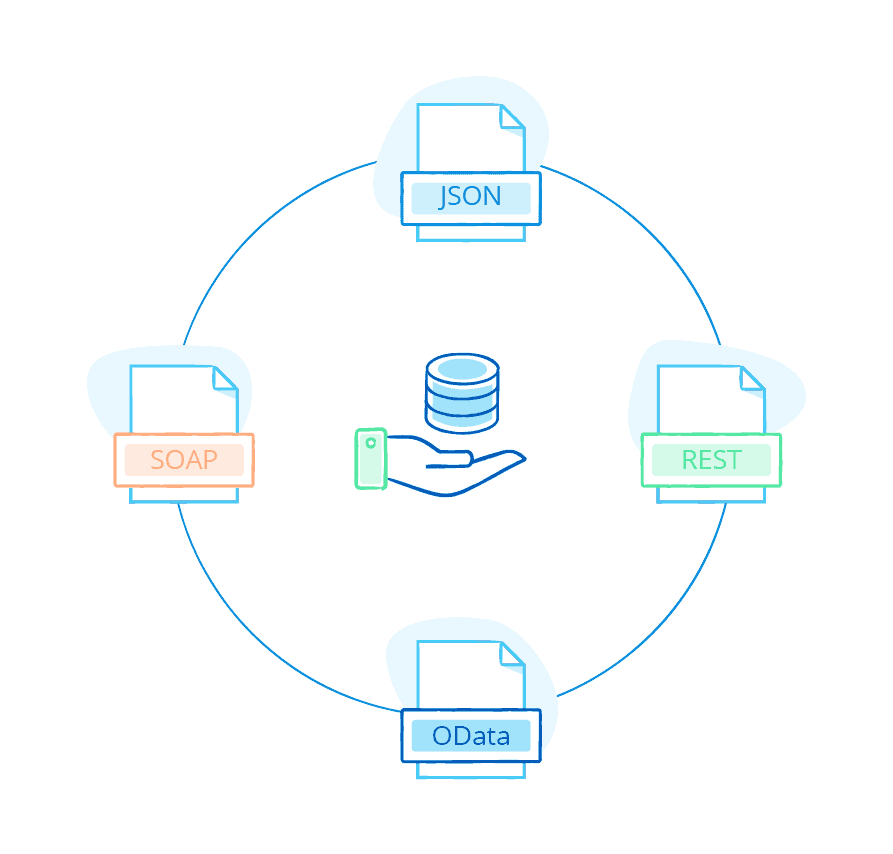Integration
Mendix supports connections to other apps and services through industry-standard interfaces and protocols such as REST, SOAP, JDBC, and OData. The platform offers many solutions for ensuring that new applications can both consume and expose data and services in heterogeneous environments.
Mendix Connect is a collection of functionalities available in the Mendix Platform that allow people in your organization to discover, understand, connect, and govern data securely. T
Mendix Connect functionalities include:
- Integration capabilities in Studio Pro 10.0
- Platform-supported connectors and modules available in the Mendix Marketplace
- The Catalog , a user-friendly way to view, share, and use data within your organization
These tools are collectively called Mendix Connect.
What Is Mendix Vision for Integration?
For more practical information as to executing this vision, see Integration Overview.
How Can I Integrate with Mendix?

For more information, see How Can I Integrate with Mendix?.
How Does Mendix Support Data Mapping?
Being able to easily and visually map external data formats to the entities used in your application is an important aspect of integration. Mendix helps you achieve this with its data mapping functionality that automatically maps incoming message structures (such as JSON, WSDL, or XML) in order to create domain models (if desired) and data mappings. Once the message structure is mapped, incoming data can then be transformed (if required) so it can be used inside your application models.
Read on in How Does Mendix Support Data Mapping?.
How Does Mendix Support REST & Web Services?
Mendix makes exposing and consuming REST and web services simple. To consume, map the incoming message responses from the API or service request using JSON or a WSDL, for example. Once mapped, microflow actions allow you to call the desired service from your logic and process the response directly into your app. Exposing your data and logic is also very simple. Using specific microflow actions, you can publish discoverable endpoints for your services, expose an API via a Swagger definition through microflows, or expose entities with a single click as OData resources.
Discover more in API Consumption.